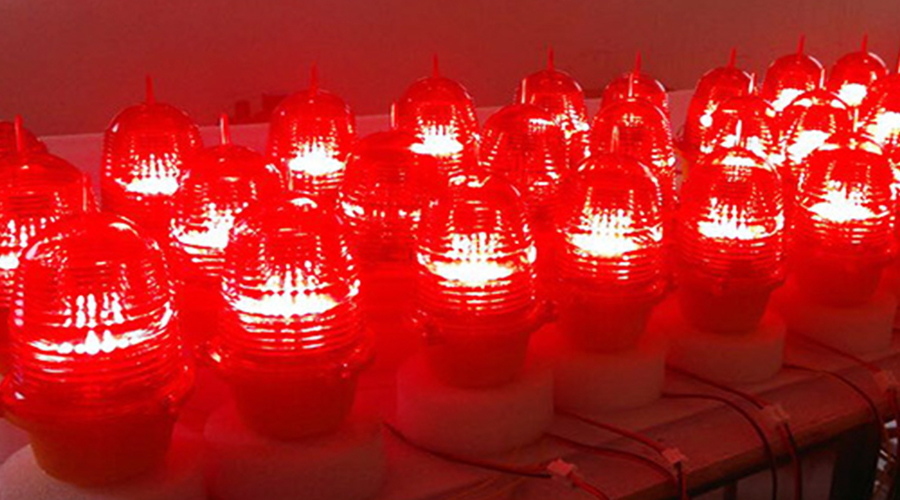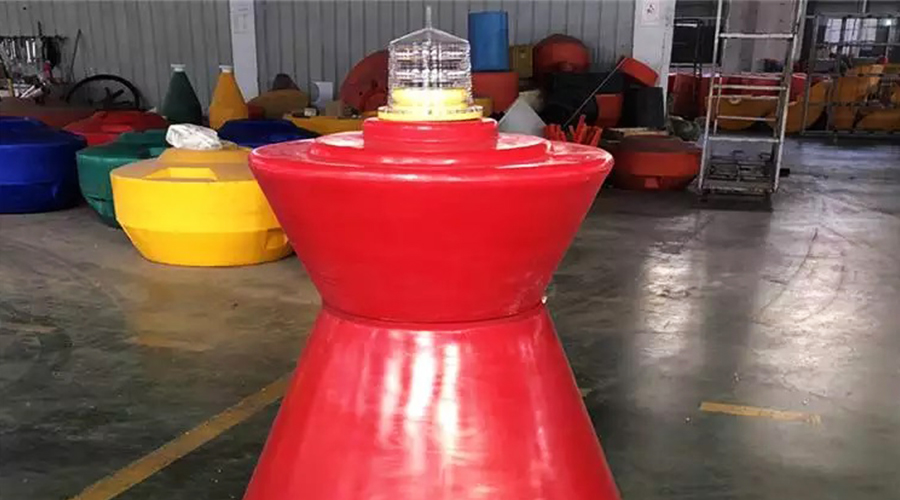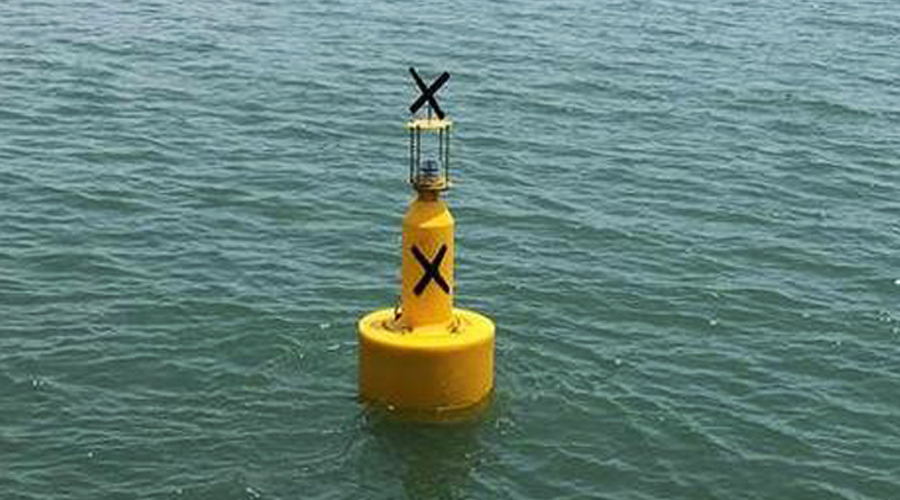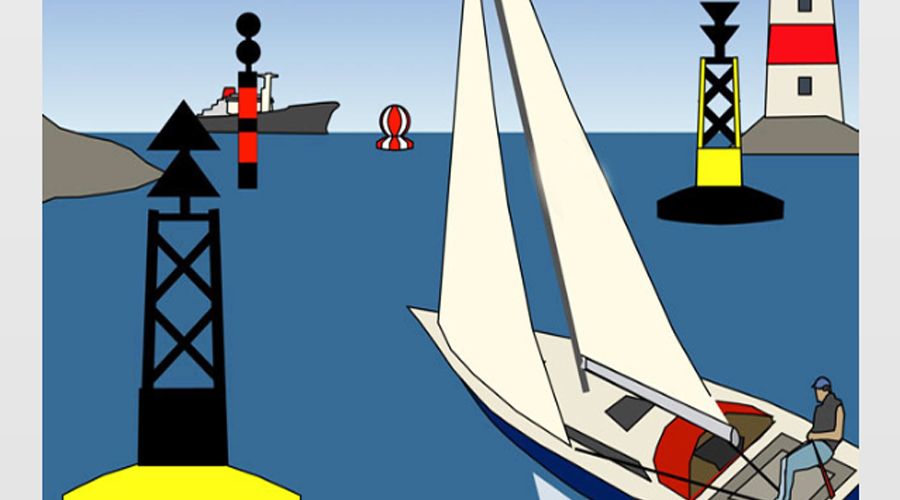High intensity lights, that is, high-brightness aviation obstruction warning lights. Its mainly used to mark obstacles with a height of more than 150 meters, such as high-rise buildings, airports, communication towers, chimneys and offshore wind turbines, to ensure aviation safety. So, what is it specifically, let’s learn about it together in this article.
High Intensity Lights – Aviation Obstruction Lights
- Aircraft warning lights are usually equipped with LED technology to meet the needs of synchronous flashing and comply with relevant ICAO and FAA standards.
For example, the flash frequency of omnidirectional high-intensity A/B aviation obstruction warning lights is 40-60 times/minute, the continuous flash time is 70ms, and the life span is up to 10 years.
- Most obstruction lights use aluminum alloy die-cast shells, and the surface is electrostatically powder-coated, which has anti-vibration and corrosion resistance.
The lampshade of the aviation light is usually made of UV-resistant and impact-resistant PC material to ensure service life.
- LED or solar aviation lights are designed to provide reliable warnings in various environments to ensure aviation safety.
- Regardless of the type of high-intensity light, the luminous angle is unidirectional and it is a white flashing lamp. It is mainly used for layered flashing on engineering buildings above 150 meters. When used on power towers, it is used to indicate the tower height and the upper and lower arc heights of the suspension cables, which plays an aviation safety warning role.
- All Type A high-intensity aviation obstruction lights set on the same object need to flash at the same time.
- Type B high-intensity aviation obstruction lights that mark the existence of applicable towers (such as overhead wires or cables) should flash in sequence: one middle light, then the top light, and then the bottom light. The time interval between flashes of each layer should generally also have a corresponding ratio.
Difference Between Type A & Type B High-intensity Obstruction Lights
- Type A high-intensity aviatio lights can flash 24 hours a day, and there are three effective light changes when flashing (customized function). The flashing light intensity during the day is 200,000cd, the flashing light intensity at dusk and dawn is 20,000cd, and the flashing light intensity at night is 2000cd.
- Type B high-intensity obstruction lights can also flash 24 hours a day, with a flash intensity of 100,000cd during the day, 20,000cd at dusk and dawn, and 2000cd at night.
- The biggest difference between the two is that the brightness during the day is different.
The above is part of the content about high intensity lights. Please continue to follow us for more information.
If you have any needs and questions, please feel free to contact YFFY to provide you with the best solution.




